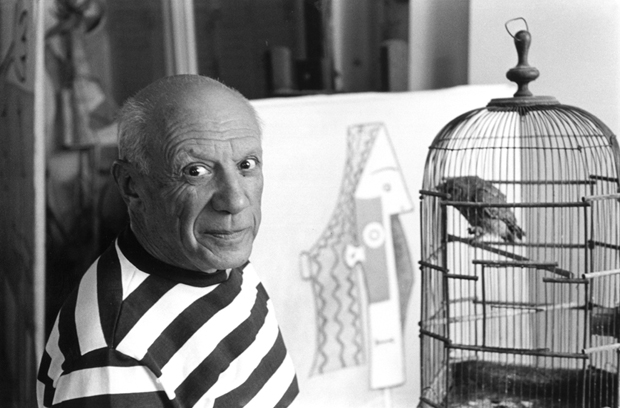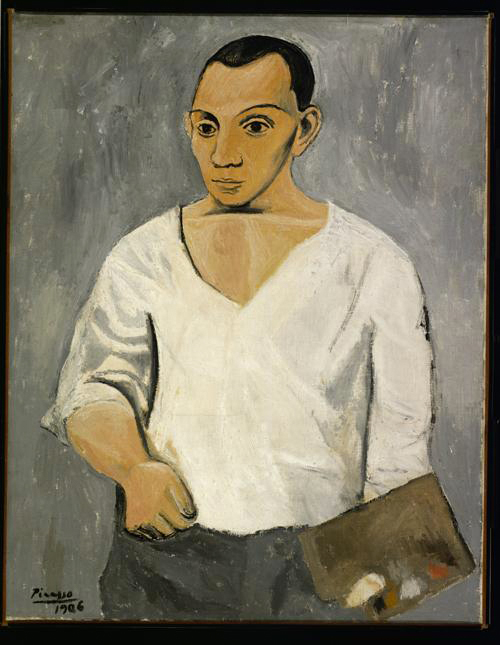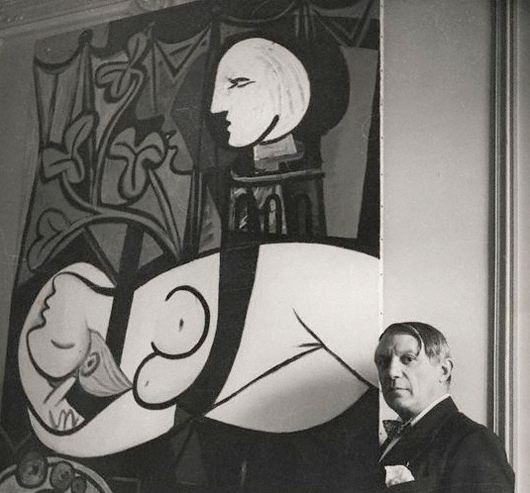
Discovering Picasso studio by studio
Madrid's 2014 blockbuster Picasso show examines the artist's output based on his places of work
How do you approach the work of an artist so varied and productive as Pablo Picasso? Next month's large-scale retrospective at the Fundación Mapfre in Madrid takes a deceptively simple approach. Picasso in the Studio takes in six decades of the artist's work, and organises it around the studios where he lived and worked.
These include the dingy, Bateau-Lavoir building in Paris' Montmartre district, where he lived from 1900 until 1904, so leaky and rain sodden that it was named after the boats that cleaned the Seine; his 1909 digs on Boulevard de Clichy in the Pigalle district of the city; his better-appointed apartment on Boulevard Raspail where he moved in 1912; his long standing address at 23 rue de La Boétie, close to his dealer Paul Rosenberg's gallery, where the artist lived form 1919 until 1941; his country house, Château de Boisgeloup, 45 miles west of Paris, which the artist bought in 1930; Villa La Californe, his Cannes residence, where he lived from 1955 until 1961; and the farm house in Mougins, southern France, where Picasso resided from 1961 until his death in 1973.

These addresses alone would make for a compelling rubric around which curators could arrange any show of 20th century art, as they take in Belle Époque Paris, occupied Europe, and the late 20th century Mediterranean artistic milieu. Yet Fundacion Mapfre goes further, claiming "in every case, his studio became a place for experimentation and a stimulus of reflections on the artist's work and ritual in pictorial tradition. His studios became 'interior landscapes', as Picasso called them, inner sanctums that chronicle the history of his stylistic and iconographic mutations."
Visitors can judge for themselves 12 February - 11 May, when the show is staged at Madrid's Fundación Mapfre Auditorium. In any case, Picasso in the Studio is a big, important show. The exhibition brings together nearly 80 canvases, 60 drawings and prints, 20 photographs and more than a dozen of the artist's palettes drawn from about 25 institutions. These include regular lenders, such as the Tate and Barcelona's Museu Picasso, but also less likely museums in Iran, Jerusalem, Kyoto and Moscow. The exhibition includes familiar pieces, but also plenty from private collections that, the organizers claim, "have rarely been publicly exhibited, making this show a unique opportunity to enjoy them."

For more, go here. And for greater insight into Picasso's life and work, studios and all, consider our modestly priced introduction, as well as our award-winning study. Lastly, those of you keen to invest in a valuable memento and important piece of art and photographic history created in one of the artist's studios, should consider our collector's edition print of Picasso in Villa La Californie, taken by the great René Burri.